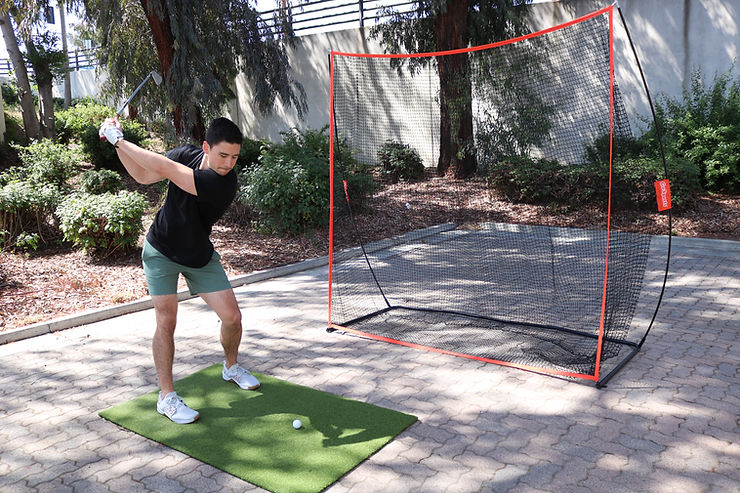“Sleep is like nutrition for your brain. It’s as important as eating a healthful diet and getting plenty of exercise.” – Denise Amschler
Sleep is so crucial to all functions of your body. I have heard countless stories of the vicious cycle of problems caused by trouble sleeping at night and/or chronic pain. After listening to a podcast called “Pain Reframed” hosted by Dr. Tim Flynn and Dr. Jeff Moore, who are both physical therapists, I have become more and more interested in the concept of chronic pain and the impact it has on our mind and body. This particular episode featured Dr. Catherine Siengsukon who is also a physical therapist, but she specializes in sleep and how it can affect someone in pain.
Here are a few important aspects to improving the quality of your nights rest. The first thing you should do is rate your quality of sleep when you wake up to get a baseline. This can be a simple 0-10 scale and is not necessarily depended on the amount of time you sleep, but the overall quality of sleep. Two great tips on improving sleep quality I learned in this episode are as follows:
1. Have a sleep schedule where you have a set time to go to sleep and wake up daily. This helps set your body’s circadian rhythm. If you are a napper, you will want to start by reducing the amount of napping throughout the day as you want your body to feel tired when you are getting ready to sleep through the night. If you feel that you are feeling tired in the middle of the day, 20-30 minutes of light exercise is shown to boost your body’s energy by releasing endorphins and increasing blood flow to the brain. Finally, develop a bedtime routine to get your body to recognize when you are about to go to sleep. This can be reading, stretching, meditating, or anything with calming effects.
2. Stimulus control. Only use the bed for sleep. This means reducing TV, phone, and laptop time in bed as much as possible, especially before bed. A great relaxation technique to use before bed or even in the case of waking up in the middle of the night and not being able to fall back asleep is diaphragmatic breathing. This is where you take deep breaths in to your stomach rather than typical chest breathing. An effective breathing pattern for this is the 4-7-8 pattern. In order to perform this you breath in for 4 seconds, hold your breath for 7 seconds, and breathe out slowly for 8 seconds. A second technique of stimulus control is progressive muscle relaxation (PMR). A basic method of PMR involves contracting groups of muscles in one or both legs and/or arms for 5 seconds followed by a period of relaxing the muscles. This technique has been shown to reduce anxiety, depression, and restlessness. This can be combined with some diaphragmatic breathing techniques to increase the effectiveness of the PMR.
I hope these techniques help with your sleep throughout the night or at least someone you know! If you believe there is another underlying problem causing sleep disturbances, you should contact your healthcare provider as this is not medical advice but only an educational/entertaining post.
William Schopp, SPT




